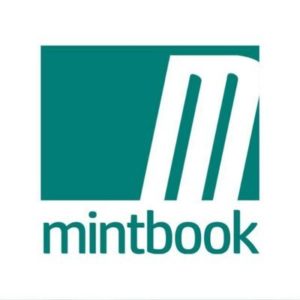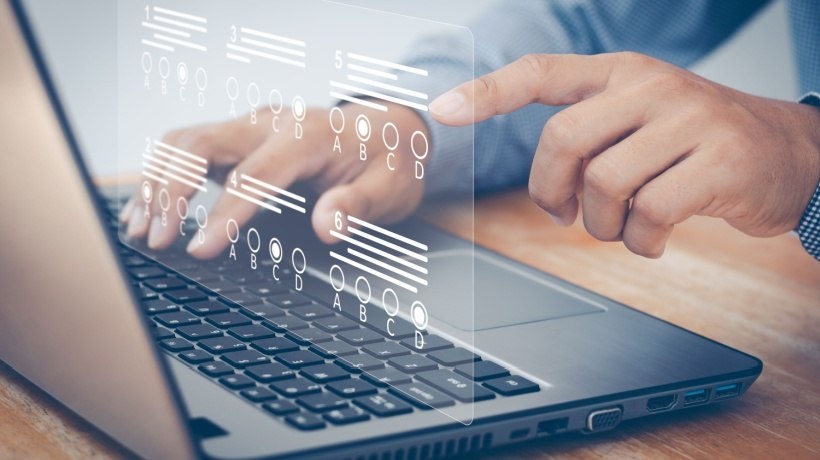Remote Proctoring: The Future Of Examinations
In the conventional classroom environment, a proctor or invigilator monitors students during examinations to ensure that they do not cheat or violate examination guidelines. Many academic institutions these days adopt flipped classroom models to bridge the gap between conventional and digital classrooms. They allow students to acquire knowledge and take examinations remotely. Hence, they use remote proctoring software to ensure the integrity of examinations while allowing students to take examinations from remote locations. The educational institutions leverage remote proctoring software to ensure that students do not cheat during online exams. The remote proctoring tools require the students to confirm their identity before taking remote online exams.
Also, they monitor the behavior of students during examinations in a number of ways—through a qualified proctor, video recording, and advanced audio and video analytics. The interruptions and disruptions caused by the COVID-19 pandemic accelerated the growth of the global market for online proctoring or remote proctoring software in 2020.
According to a market research report released by Learning Light, “The size of global remote proctoring or online invigilation market will exceed $10 billion by 2026.”
The market research report suggests that remote proctoring will become an integral part of eLearning and computer-based assessment in the near future. There are a number of reasons why remote proctoring will be used widely by academia in the future.
8 Reasons Why Remote Proctoring Will Become Essential For Academia In Future
1. Enable Students To Take Exams From Anywhere
Most educational institutions these days allow students to acquire knowledge remotely. They can use remote proctoring platforms to enable students to take exams from a remote location. A student can further take the remote online exam using both computers and mobile devices connected to the internet. The students living the remote locations can leverage remote proctoring to take exams without spending money on accommodation and travel. Also, educational institutions can keep students safe in the post-pandemic world by implementing digital proctoring.
2. No Need To Set Up Exam Centers
In the post-pandemic world, schools, colleges, and universities must enable students to maintain physical and social distancing while taking the exam. Most educational institutions have to set up new exam centers to keep students safe. The remote proctoring helps educational institutions allow students to conduct exams in a digital environment while ensuring that no guideline is violated. Hence, academic institutions will invest in remote proctoring platforms to eliminate the need to upgrade their physical infrastructure and set up new exam centers.
3. No Need To Deploy Human Proctors
The new-age remote proctoring platforms enable academic institutions to monitor the behavior and activities of students during online exams through web cameras. The sophisticated digital proctoring solutions are designed with audio and video analytics. Artificial Intelligence (AI) powered analytics ensure that no student cheats or engages in malpractice without human intervention. Hence, the educational institution can choose the right remote proctoring solution to the need for physical proctoring.
4. Plan And Schedule Exams Effortlessly
The digital proctoring solutions are designed with features to create and schedule a variety of exams—university exams, term exams, online certification exams, entrance exams, and placement preparation. Also, they allow the administrator to create and upload questionnaires in many formats—multiple-choice, short answer, long answer, and video questions. The administrator can leverage these features to plan and schedule various types of online exams by considering important factors like the gap between various exams.
5. Implement Student Identification Process
Remote proctoring helps educational institutions eliminate the chances of cheating or malpractice without minimal human intervention. Also, software solutions ensure that the identity of the student cannot be impersonated. They allow a student to take a remote online exam only after confirming their identity. The sophisticated digital proctoring platforms perform remote candidate authentication by capturing the video and images of the candidate. Also, they check the identity of a candidate automatically based on the existing student identification information.
6. Facilitate Instant And Continuous Communication
In addition to planning and scheduling online exams, academic institutions can use a remote proctoring platform to share important information with students without any hassle or delay. The new-age proctoring software allows administrators to share information about exam schedules to candidates using a slew of email templates. The educational institutions can further use SMS APIs to share information about exam schedules by sending text messages to students. The instant and continuous communication makes it easier for colleges and universities to conduct remote online exams frequently.
7. Conduct Online Exams On A Mass Scale
Most academic institutions these days offer many online courses and training programs. Also, many students these days join online courses to acquire knowledge at their own pace and convenience. Hence, academic institutions need software to schedule and conduct various online exams on a mass scale. As mentioned earlier, remote proctoring platforms make it easier for administrators to plan and schedule a variety of remote online exams. Also, they enable administrators to conduct the online exam on a mass scale simply by uploading the list of candidates.
8. Generate Results And Certificates Instantly
Some online proctoring platforms are designed with features to generate results instantly after the online exam. Hence, educational institutions can convey exam results to students instantly and automatically through email. At the same time, online exam platforms also come with features to generate customized digital certifications. An administrator can create certificates by embedding logos and changing colors. They can further send the digital certificates to students by email without putting in extra time and effort. In addition to maintaining the integrity of online exams, sophisticated proctoring platforms help academic institutions to manage and monitor online exams end-to-end.









